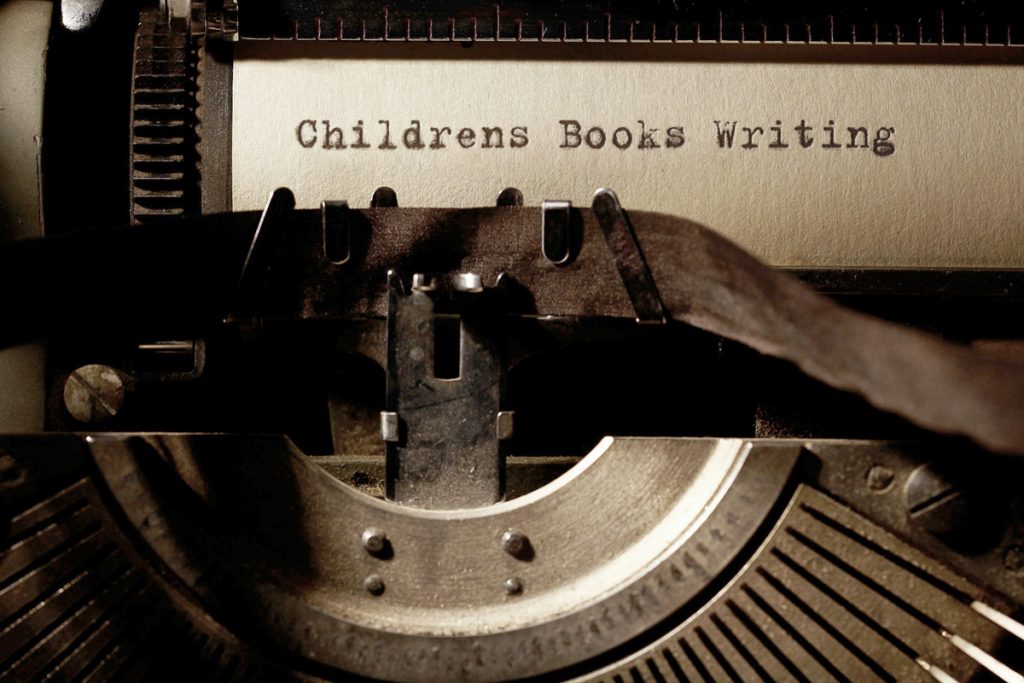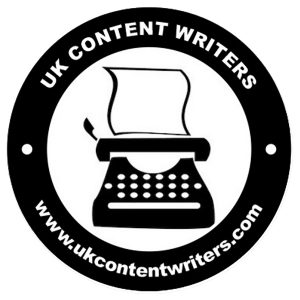
How to Write a Children’s Book.
1. Idea: Create a topic that will capture a child’s imagination, and that will get children, interested and entertained.
2. Audience: Target an age group that you will be comfortable creating content for.
3. Voice: Use a voice that is pleasant, friendly, and kind and is not demeaning.
4. Characters: Create memorable characters that are relatable and amusing.
5. Draft Copy: Create your first draft, then get the opinion of a few people and make amendments.
6. Editing: Create artwork, edit content, proofread, and get the opinions of others.
7. Publishing: Publish your children’s book
Writing a Children’s Book.
So, you envisage yourself as a children’s book author and are ready to start your first book.
You have created your characters and a story now you have to put it all together.
Children and teenagers are some of the most devoted readers, however, they are also the world’s best at giving critiques and reviews and if your book is not up to scratch then you will not get many sales. A happy child enriched with your creation will tell their friends who will tell their parents and word of mouth goes a long way in spreading awareness.
If you want to be the next Roald Dahl or Beatrix Potter, then read on…
Find an idea that’s relatable to children.
Choosing the age group of the children you aim to target is the first step. If your book is well written and captures your audience’s attention it will become popular and the more children will get to read your book the more likely they will tell their friends. An idea would be to send a copy to the head teacher so that they could read your book in class.
Work on a universal theme
Children should be treated the same regardless of race, religion, and gender. Children need to be tough about kindness and respect. Children should be thought what is good and what is bad. So before putting all the bells and whistles on the Christmas tree, you need to nurture the tree and break down the fundamentals, that will bring magic and enlightenment, and even education to the child.
Children’s books may have an air of mystery and may be fanatical but you need to creative essentials of education and knowledge to make the book recognized in every ethnicity and age group:
Topics To Include:
- Adventure
- Imagination
- Kindness
- Friendship
- Education
A children’s editor Anna Bowles best said “A lot of beginners write about children as we adults often see them: as cute and slightly comical little beings. But what children actually want is stories where they are the heroes, driving the action, facing challenges, and making choices.”
Checklist:
- What inspired you to write the story?
- Is the story educational?
- Is the story adventurous?
- Will your story have superheroes?
- Will your story be amusing?
- Is the story going to capture your audience’s imagination?
- Will the story be inspiring and motivational and relatable?
- Is the story going to be unique?
Choose an age group.
What age group are you going to target?
Determine the age group of the children you wish your book to be targeted.
Children’s books start from (0 to 6 months), (24 months to 60 months). The (5 yrs to 12 yrs), (12 yrs to 16 yrs). When choosing the age group do take into account what your readers will expect from your book in terms of topic, length, style, and complexity.
Examples of Age Groups & Book Authors.
👶 Pre-school -nursery (ages 0-12 months)
With early learning picture books are the most popular that rely on both illustrations and words to tell the story. Since picture books are meant for very early reading experiences, the word count is going to be quite very low 500 words or less.
- The Very Hungry Caterpillar by Eric Carle
- Where the Wild Things Are by Maurice Sendak
- Green Eggs and Ham by Dr. Seuss
- The Gruffalo by Julia Donaldson
👧🏼 Infants (ages 2yrs -5yrs)
After picture books come early reader fiction: books for children who have graduated to more words than pictures but aren’t yet ready to tackle long blocks of text. The “early reader” word count ranges from 2,000 words to 5,000 words, though you’ll still get your fair share of illustrations. These early readers also usually come in a series of books, so kids can collect and devour one after another at the same time as developing their reading skills.
- Elephant & Piggie by Mo Willems
- The Animal Ark by Lucy Daniels
- Amelia Bedelia by Peggy Parish
- Horrid Henry by Francesca Simon
🧒🏻 Juniors (ages 5yrs-12yrs)
From infants to juniors, children’s learning changes. Children in Junior school are more susceptible to quick reads which tend to come in series of books. The word count is slightly higher, around 5,000 to 10,000 words per book.
- Junie B. Jones by Barbara Park
- The Magic Treehouse by Mary Pope Osbourne
- The Boxcar Children by Gertrude Chandler Warner
- Diary of a Wimpy Kid by Jeff Kinney
👦🏽 High School (ages 12-14) & (14 to 16)
High School books are for kids who want something a little more advanced in terms of both prose and story. These fully independent high school readers tackle books from 30,000 to 50,000 words, with even fewer illustrations than their predecessors — though there may still be some pictures, especially to accompany chapter headings.
For the more mature child between 14 & 16 yrs, this is the last hurdle of children’s learning before adult literature. The typical word count for this age group of Young Adults (YA) falls between 50,000 to 100,000 words — in other words, the same length as any other novel. However, the subject matter will be distinctly adolescent: often to do with navigating life-changing issues and discovering one’s true self.
- Charlie and the Chocolate Factory by Roald Dahl
- Harry Potter and the Sorcerer’s Stone by J.K. Rowling
- Angus, Thongs, and Full-Frontal Snogging by Louise Rennison
- Percy Jackson and the Olympians by Rick Riordan
- The Fault in Our Stars by John Green
- The Hunger Games by Suzanne Collins
- Divergent by Veronica Roth
- The Hate U Give by Angie Thomas
Now that you have chosen your age group, mapped out your story, and got all your characters together, it is time to make a draft and read it to some children to get their feedback. If you are a parent the next time you have a party read your book to the children. If you are a babysitter put it past the parents first and even give them a draft copy inviting them back for your official book launch. Send a copy to the school and give them an incentive if they help to sell your book you will give them a commission.


